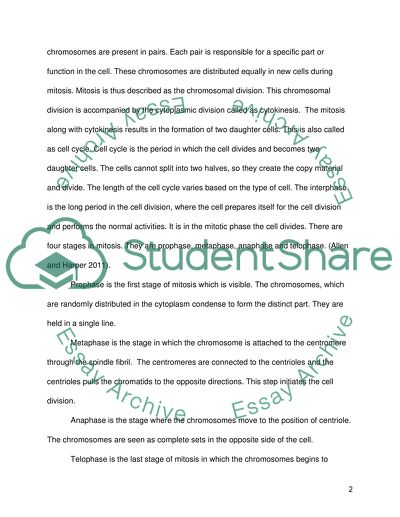Cite this document
(“Mitosis Lab Report Example | Topics and Well Written Essays - 1250 words”, n.d.)
Retrieved de https://studentshare.org/biology/1472351-mitosis-lab-report
Retrieved de https://studentshare.org/biology/1472351-mitosis-lab-report
(Mitosis Lab Report Example | Topics and Well Written Essays - 1250 Words)
https://studentshare.org/biology/1472351-mitosis-lab-report.
https://studentshare.org/biology/1472351-mitosis-lab-report.
“Mitosis Lab Report Example | Topics and Well Written Essays - 1250 Words”, n.d. https://studentshare.org/biology/1472351-mitosis-lab-report.


